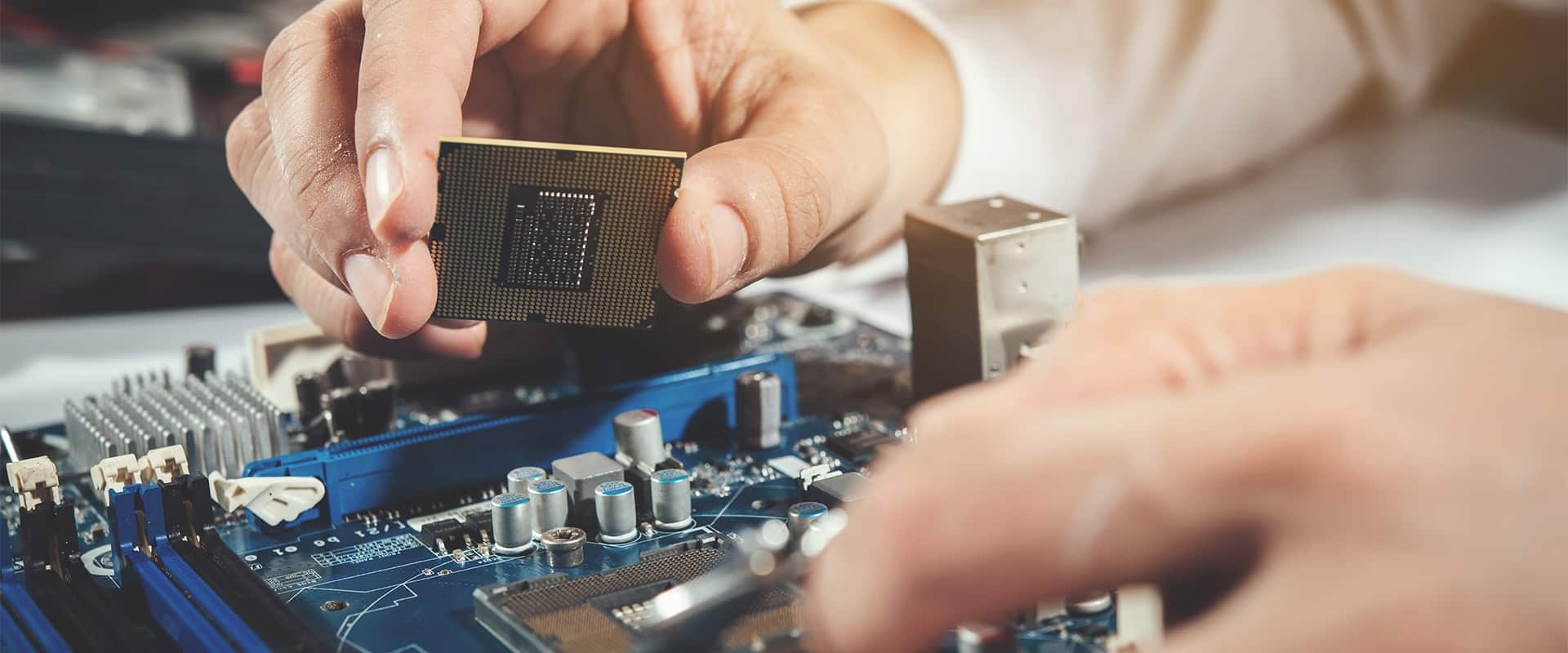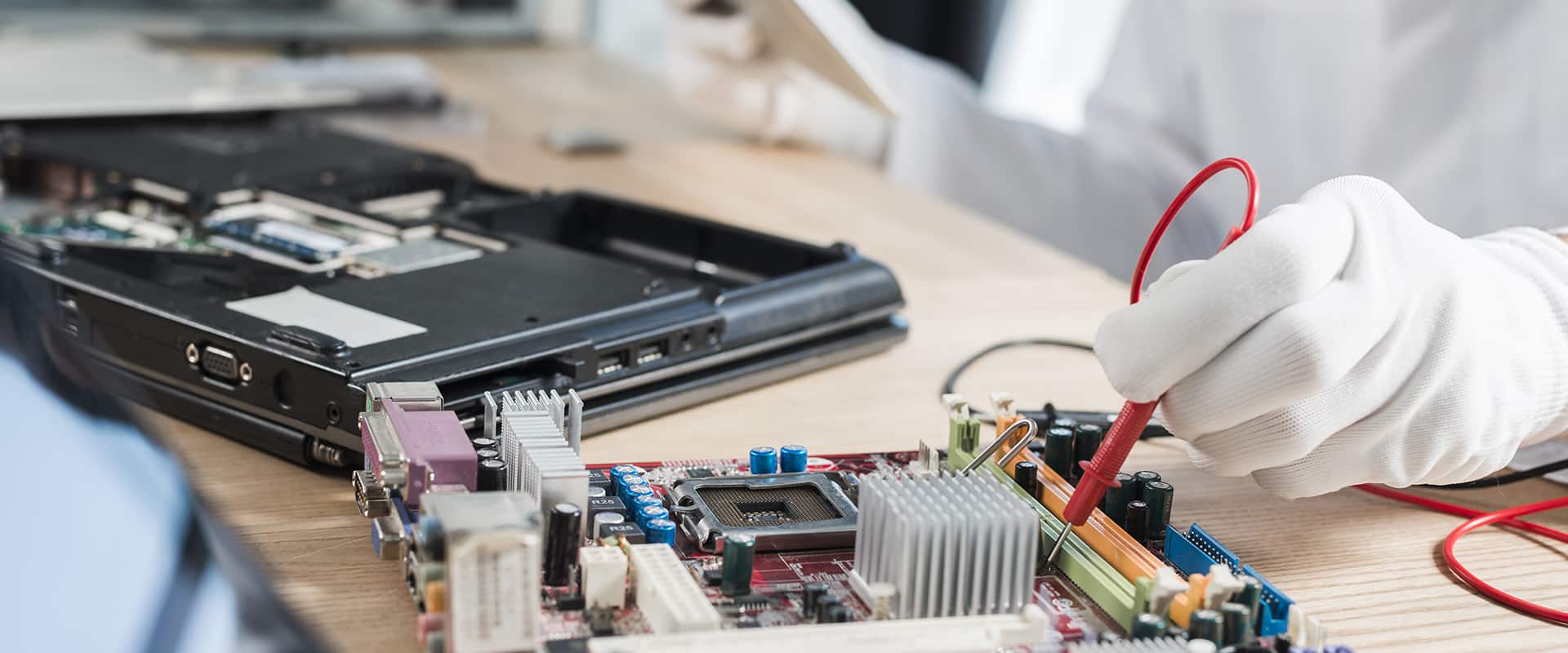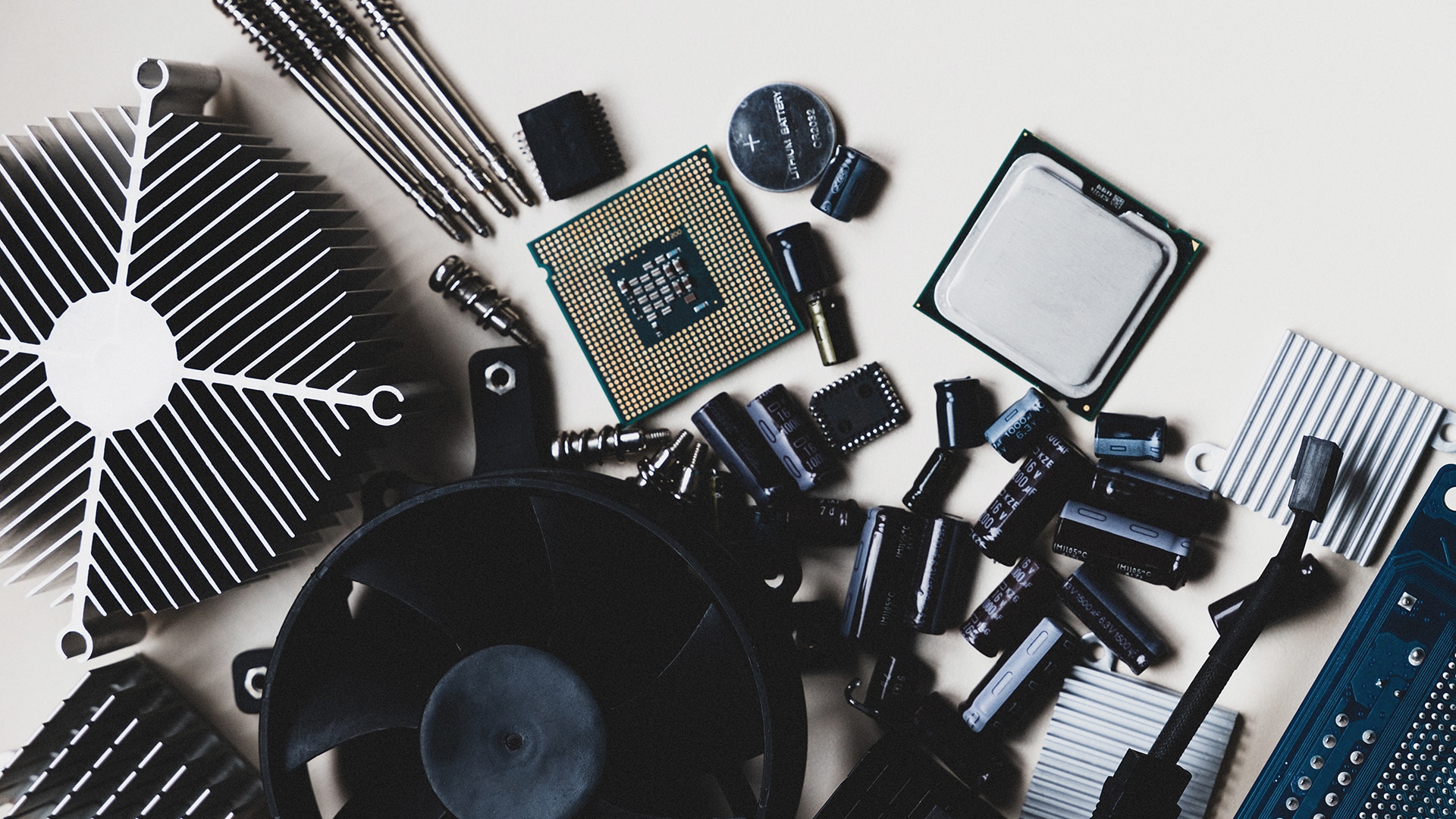The appearance of electronic equipment has allowed us to access digital. As the latter increasingly dominates our daily lives, electronic devices are becoming more important. The result is significant digital pollution that is caused by the abuse of the use of the web and the manufacture of computer equipment. It is necessary to ask questions about the level of pollution of these devices and the solutions envisaged to solve the situation.
Electronic devices: the origin of digital pollution

Digital pollution is not limited to the misuse of the internet. It also concerns the manufacture of electronic devices.
Plastic, different kinds of metals, glass and controlled substances are usually found in an electronic device. This cocktail necessarily gives birth to an ecological bomb. The variety of metals in electronic equipment increases the level of digital pollution. These metals include:
- Ferrous and non-ferrous metals such as aluminum or copper;
- Precious metals such as gold or palladium;
- Rare earths such as europium and tantalum;
- Controlled substances, such as carbon or lithium.
To manufacture an electronic device, a large energy consumption is to be expected. In addition to the extraction of raw materials, some components are manufactured in underdeveloped countries where the energy mainly used is coal. However, the latter produces a significant ecological impact.
Once the electronic device is designed, its level of pollution depends on its use and durability. We often tend to abuse the use of our electronic devices. Especially since their manufacturers do their best to encourage us to come back home to buy their products. They program the obsolescence of each device so that it deteriorates quickly, which pushes us to offer ourselves a new and innovative product.
Definition of digital pollution

This term refers to all forms of pollution that can be caused by the computer industry. Digital pollution includes chemical contamination, greenhouse gas emissions, the erosion of biodiversity and the production of electronic waste. The manufacture of computer equipment generates most of this pollution. To combat this phenomenon, it is therefore necessary to reduce the use of computer equipment and to promote computer recycling.
5G is immersed in the digital world: it is the fifth generation in terms of connectivity. Although this technology generates the same amount of data as 4G, it still consumes less energy. However, this energy saving does not compensate for the increase in data transfers: a considerable increase in electricity consumption in the digital field is expected. And as if that were not enough, 5G can only be deployed with more efficient equipment that is better adapted to the network infrastructure. This situation is likely to exacerbate digital pollution.
We also tend to associate the Internet with something immaterial. However, this element only works with the help of several computer equipment, such as cables, computers and antennas. This equipment is necessary for storing and transferring data to home terminals. The manufacture and feeding of these materials involves a significant ecological effect. The intervention of a professional team like Info Liquidation then arises as a reliable and effective solution.
How to reduce digital pollution?
The use of data generates a lot of energy, which causes digital pollution. This phenomenon is not always palpable, but it accounts for 4% of global greenhouse gas (GHG) emissions. However, reducing digital pollution is still possible through web user awareness and electronic recycling.
The more information circulates on the internet, the more damage it causes to the environment. Indeed, the circulation of information involves the use of fossil fuels to power data centers, but also a significant carbon footprint. This traffic is increasing at high speed.
Action against internet pollution starts with each of us: we need to reduce the use of digital technology and use the recycling process. The best is to contact a specialized organization like Info Liquidation.

